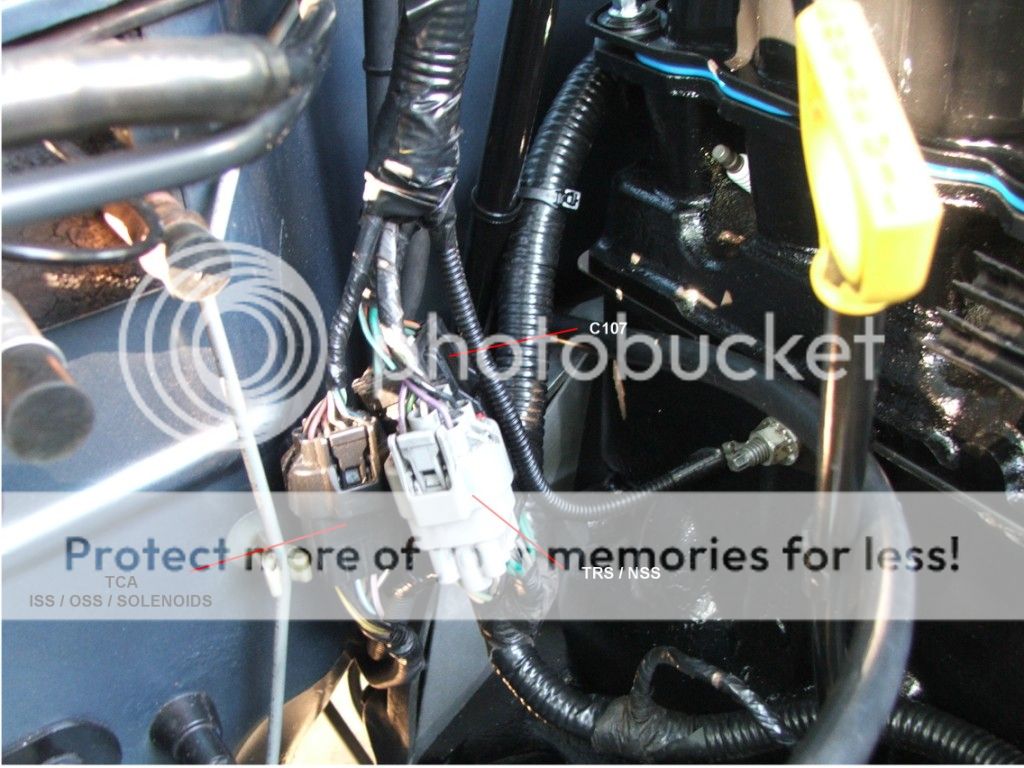allevolution
NAXJA Forum User
- Location
- Chicagoland
2000 Cherokee 175k Been fighting this for almost a year.
Let me give a short summary of my issue.
-It is an intermittent spark issue
-Fuel pressure is where it should be
-Compression is 150-155 cold
EDC codes that are reoccurring
P1391- intermittent loss of cam/crank
P0340- cam circuit malfunction
(havent seen this one in a while and I think I resolved this)
P0351- ignition coil a malfunction
P0352- ignition coil b malfunction
P0353- ignition coil c malfunction
P0132- sensor 1 high voltage
(rear O2 is out, this may be to issue with heater circuit)
-90% of the time Hard starts, will have to cycle the key 2-5 times. Sometimes it will start first turn of the key. Doesnt matter is the motor is hot, or cold.
-Once is it started, 50/50 chance it will run like pure shit (misfiring) and have to be turned off then restarted again.
(still has hard start if turned off either way)
-If it does start without an issue, idle will be normal but it will still have a problem when I apply load to the motor. Accelerating up to highway speed (40-50mph) it will struggle.
UNLESS I floor the pedal WOT, the motor will accelerate quickly and the misfire issue will rarely show up again.
(further into this I will have to floor the car several times then the misfire will disappear)
-VERY rarely will it have an issue with misfiring after running for sometime.
(Issue happens mostly only at startups)
If this rare situation does occur, it will misfire at complete random.
I think I have the major bullet points there.
With all that being said if we have a warm day (Chicagoland weather)
Seems like initial start up is alot easier.
Would an IAT have any affect on anything?
But onward with the long list of parts:
-Cam synchronizer/ oil pump drive DEALER part
(and calibrated 110% accurately using snap-on scanner)
-Cam sensor NAPA part (swapped with dealer part with no difference)
-Crank sensor DEALER part (swapped yesterday with another new dealer part and no difference)
-PCM from autocomputerexchange (out of Flordia reputable place)
-PCM Black connector (connector was a little jiggly and had seen better days, now its tight and every pin is making full contact)
-All wiring from Cam sensor to PCM reads fine with meter.
Same with Crank sensor wiring.
All connectors are tight, no wiggle room and pins in both connectors are tight.
-Fuel injectors where cleaned with new o rings
-New TPS
I am really at a loss here please someone, anyone help me out with an idea!
Videos that show everything that is wrong.
Please please please watch all of these videos it will really give you a perspective of whats going on with the car and when it attempts to start, or is running and starts to have random misses.
http://www.youtube.com/watch?v=wmjgTYyvOdE&feature=share&list=UU4rY4AwCg4hOtIEkpWxy44w
http://youtu.be/cOB7oY_hfQc
Let me give a short summary of my issue.
-It is an intermittent spark issue
-Fuel pressure is where it should be
-Compression is 150-155 cold
EDC codes that are reoccurring
P1391- intermittent loss of cam/crank
P0340- cam circuit malfunction
(havent seen this one in a while and I think I resolved this)
P0351- ignition coil a malfunction
P0352- ignition coil b malfunction
P0353- ignition coil c malfunction
P0132- sensor 1 high voltage
(rear O2 is out, this may be to issue with heater circuit)
-90% of the time Hard starts, will have to cycle the key 2-5 times. Sometimes it will start first turn of the key. Doesnt matter is the motor is hot, or cold.
-Once is it started, 50/50 chance it will run like pure shit (misfiring) and have to be turned off then restarted again.
(still has hard start if turned off either way)
-If it does start without an issue, idle will be normal but it will still have a problem when I apply load to the motor. Accelerating up to highway speed (40-50mph) it will struggle.
UNLESS I floor the pedal WOT, the motor will accelerate quickly and the misfire issue will rarely show up again.
(further into this I will have to floor the car several times then the misfire will disappear)
-VERY rarely will it have an issue with misfiring after running for sometime.
(Issue happens mostly only at startups)
If this rare situation does occur, it will misfire at complete random.
I think I have the major bullet points there.
With all that being said if we have a warm day (Chicagoland weather)
Seems like initial start up is alot easier.
Would an IAT have any affect on anything?
But onward with the long list of parts:
-Cam synchronizer/ oil pump drive DEALER part
(and calibrated 110% accurately using snap-on scanner)
-Cam sensor NAPA part (swapped with dealer part with no difference)
-Crank sensor DEALER part (swapped yesterday with another new dealer part and no difference)
-PCM from autocomputerexchange (out of Flordia reputable place)
-PCM Black connector (connector was a little jiggly and had seen better days, now its tight and every pin is making full contact)
-All wiring from Cam sensor to PCM reads fine with meter.
Same with Crank sensor wiring.
All connectors are tight, no wiggle room and pins in both connectors are tight.
-Fuel injectors where cleaned with new o rings
-New TPS
I am really at a loss here please someone, anyone help me out with an idea!
Videos that show everything that is wrong.
Please please please watch all of these videos it will really give you a perspective of whats going on with the car and when it attempts to start, or is running and starts to have random misses.
http://www.youtube.com/watch?v=wmjgTYyvOdE&feature=share&list=UU4rY4AwCg4hOtIEkpWxy44w
http://youtu.be/cOB7oY_hfQc

